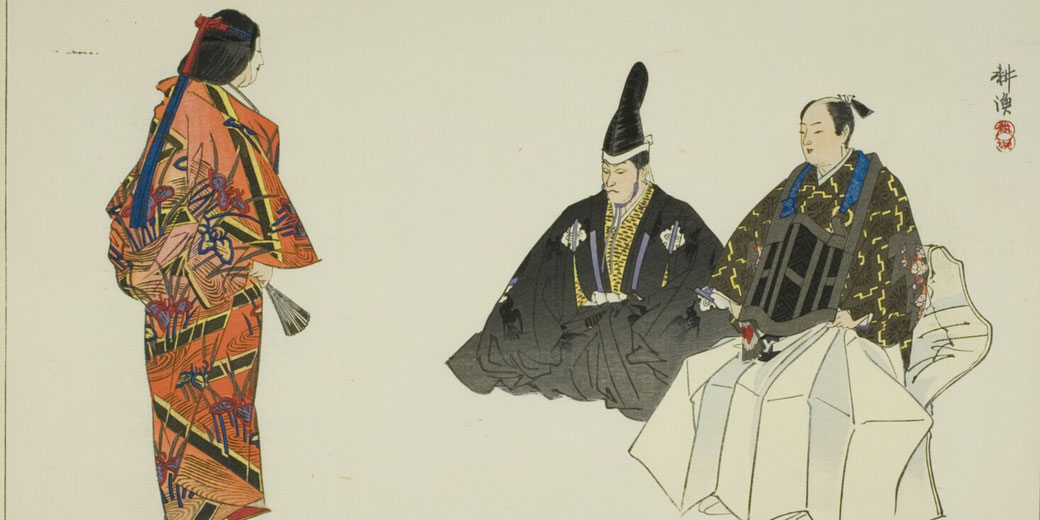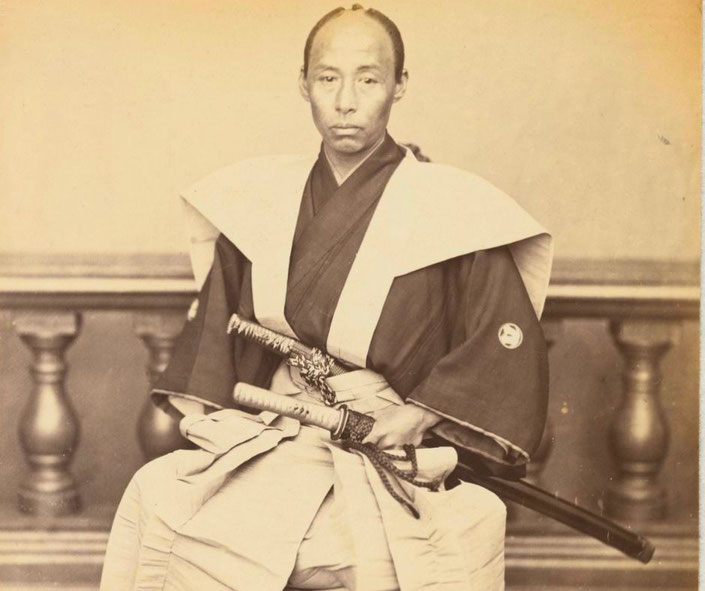Feudal Japanese Society Explained

Feudal Japanese society, which existed from the 12th to the 19th centuries, was a hierarchical social order based on the principles of feudalism.
The emperor was considered the highest authority, but actual power was held by the shogun, a military dictator.
Beneath the shogun were the daimyos, powerful lords who controlled large territories and had their own private armies.
How Japanese feudalism worked
The feudal system in Japan was characterised by a strong emphasis on hierarchy and obedience to one's social superiors.
Relationships between lords and vassals were governed by a strict set of rules and obligations, including the requirement for vassals to provide military support to their lords.
The strict social structure, combined with the influence of Confucianism and Shintoism, helped to maintain stability and order throughout the country for centuries.
The four social classes
Similar to other elements of Japan at the time, the social structure was adopted from Chinese society, and had the same number of broad classes of people.
Each of these classes are explained in more detail below.

The Samurai
Most people today associated the word 'samurai' with being a warrior. Initially, this was true.
However, as the influence and power of these warriors increased, they developed into their own social group.
Therefore, 'samurai' became a level of society that you were born into, not a career that you chose. As a result, women and children were born into the samurai class, even if they never became warriors.
However, the most important people in this social group were the trained samurai soldiers.
Only about 10% of Japanese society were samurai, but due to their military dominance, they were very influential.
As a result, other members of society were meant to treat the samurai with a great deal of respect. If you encountered a samurai in the street, you had to bow towards them politely.
If a person from the lowest of the social classes failed to do this, the samurai were legally allowed to kill them.
As trained soldiers, the samurai were loyal to a particular warlord, known as a daimyo.
Samurai could change daimyo if they wanted to, but it was expected that they remain loyal to one for as long as possible to demonstrate their sense of honour.
There were several hundred daimyo across Japan, who controlled their own small lands, but they all swore a similar loyalty to the shogun, the supreme military commander nominated by the emperor.

Peasants and farmers
Most of Japanese society was made up of farmers and peasants. Even though these people had little power, they were theoretically the most important people in Japan, because they grew all of the food for the rest of society.
In reality, however, most peasants and farmers were quite poor, since most of the crops they grew were taken by the samurai and the daimyo in the form of tax.

Craftsmen
Today, people who spend their lives developing creative skills are held in quite high regard.
However, in feudal Japanese society, they were actually looked down upon. Most people believed that it was more honourable to create things from scratch.
Unfortunately, craftsmen took goods that other people made (wood, metal, etc.) and made something new. To Japanese society, this looked more like laziness.
As a result, they were placed towards the bottom of the social hierarchy.
In many Japanese communities, craftsmen lived in a segregated area, away from the samurai and the daimyo.
Merchants
At the very bottom of Japanese society were the merchants. In the same way that craftsmen were seen as 'lazy' for not making their own goods, merchants were seen to be even worse.
Since they made nothing at all, but only sold things made by other people, Japanese society considered them no better than 'parasites' and selfish conmen.
They were also segregated from the rest of the town and the samurai class refused to interact with them directly, unless it was absolutely necessary.
What about everyone else?
Even though these four classes were supposed to encompass every person in Japanese society, there were groups of people who did not fit neatly into a class.
An example of this was the person of the shogun. Even though he was one of the daimyo, his power exceeded that of all other daimyo and, in most cases, was even greater than the emperor himself.
As a result, the normal rules didn't apply to him, and everyone else in society had to treat him with the greatest respect.
The emperor was also a person who didn't actually fit into one of the four classes.
Because the Japanese believed that the emperor was actually a god, he was above the system entirely.
However, since the shogun actually controlled the military power in the country, the emperor was usually only second in importance, under the shogun.
Another important group in Japanese society that didn't fit into these four classes were the religious people: Buddhist and Shinto priests.
Since they devoted their lives to isolation and their faith, they didn't really operate in a way that fit into the hierarchy.
Rather than being 'above' the system, like the emperor and shogun, priests and monks were usually 'outside' the system.
There were also people who existed 'under' these classes and were even treated with less respect than the merchants.
Anyone who had a career that involved interacting with dead people or animals was considered 'unclean' and treated poorly.
This included butchers, undertakers, executioners and even tanners (since they worked with the skins of dead animals).
What do you need help with?
Download ready-to-use digital learning resources
Copyright © History Skills 2014-2025.
Contact via email
With the exception of links to external sites, some historical sources and extracts from specific publications, all content on this website is copyrighted by History Skills. This content may not be copied, republished or redistributed without written permission from the website creator. Please use the Contact page to obtain relevant permission.





